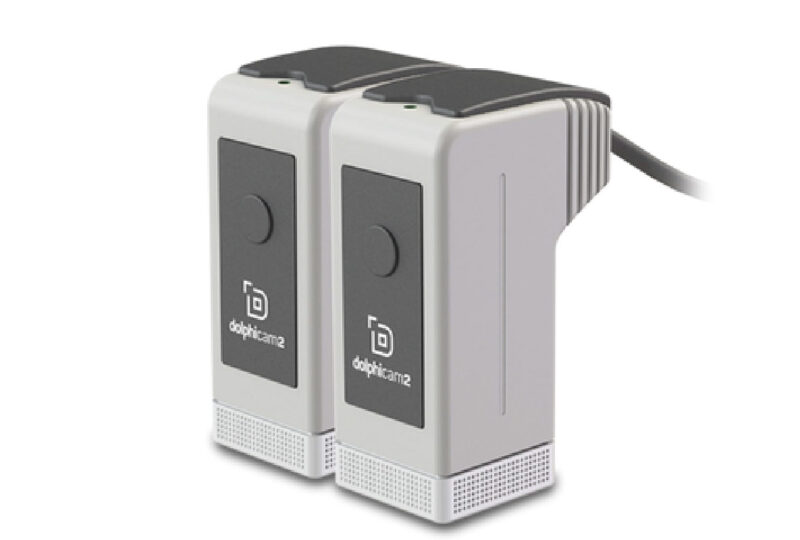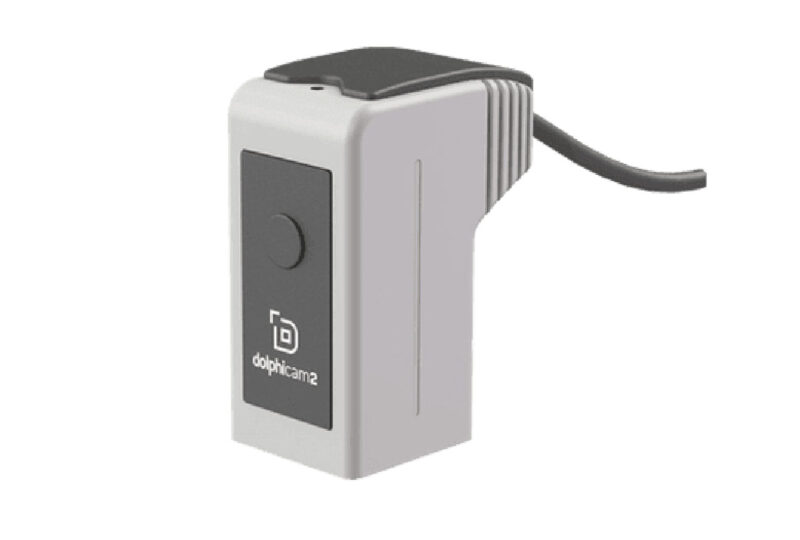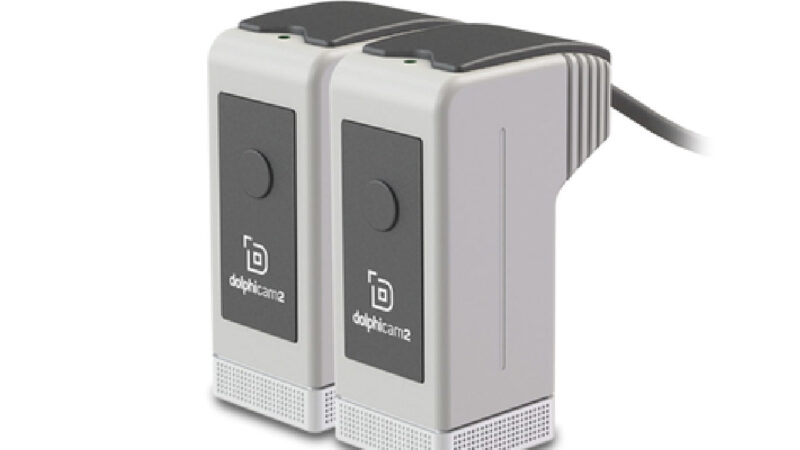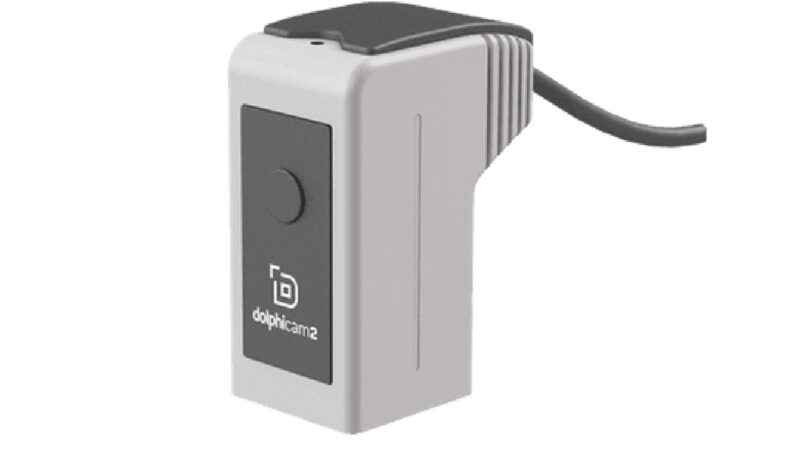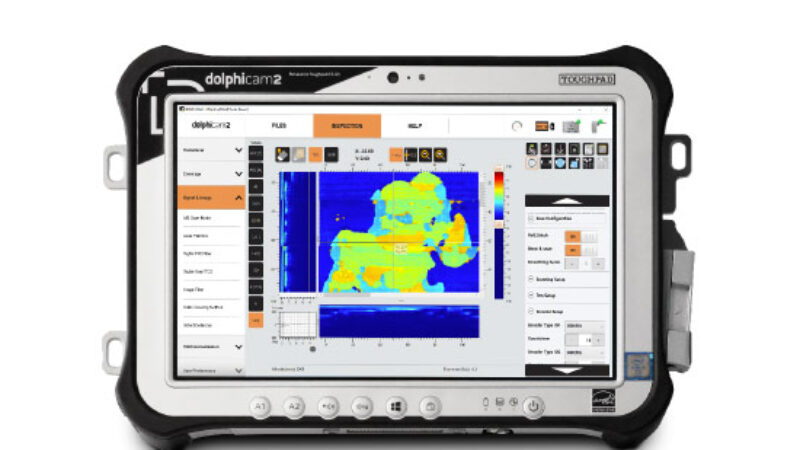Carbon fibre composites have become an essential material for both civil and military aircraft due to their mechanical properties which include high strength, low weight, and good durability. These combine to enable the production of more fuel-efficient, reliable aircraft with longer ranges and reduced carbon emissions. Carbon fiber is however susceptible to hidden cracks and defects that can occur in both manufacturing and in service. Another challenge is the cost and difficulty of the manufacturing process itself. To ensure correct processes and continued, safe performance of carbon fiber aircraft, Non Destructive Testing (NDT) is used throughout a product’s lifecycle from the qualification of new materials and prototyping, to in-service inspections of aircraft structures and engines. In particular, volumetric NDT techniques, such as ultrasonic testing, allow us to detect internal cracking, disbonds, and other defects that affect safety and performance.
Finished carbon fibre products for aircraft comes in two main forms, monolithic and sandwich structures. Monolithic structures are composed of solid sections of carbon fibre sheets, or plies, laid on top of one another at different angles and cured at high temperatures. Sandwich structures instead have thin carbon fibre skins and a low-density core, often made of a lightweight honeycomb structure. Monolithic structures are typically used in places where strength is the main requirement, whereas sandwich structures are used where stiffness is needed. Aircraft such as the Boeing 787 Dreamliner use both types of construction, with thicknesses and locations of each structure carefully chosen to keep weight to a minimum.
In ultrasonic testing, monolithic structures are typically easier to inspect, because sound travels easily through solid materials. For such inspections, we generally use our higher frequency transducers such as the TRM-CI-5MHz or the TRM-DB-8MHz. Sandwich structures are more difficult, because the low density of the honeycomb structure and air gaps are highly attenuative to sound. However, a solution for this is using a low-frequency transducer designed to penetrate thick materials, such as the TRM-EA-1.5MHz, along with our Matrix Through Transmission Ultrasound (MxTTU™) which delivers in-depth, high-quality diagnostics. With MxTTU™, two transducers are placed on opposite sides of the sandwich structure and the sound is transmitted from one to the other.
With a range of products designed for different carbon fibre structures, the dolphicam2 provides a comprehensive inspection platform for new civil and military aircraft types.
DEFENSE MARKET
Due to the demanding environment, military components or structures are exposed to, quality assurance is paramount, as is the ability to re-inspect at service intervals to ensure continued integrity. The dolphicam2 provides one platform with the most advanced technology, enabling a simple way to perform inspection across all materials.
Read more
